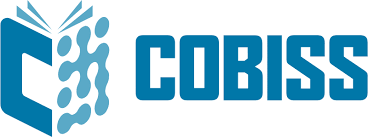Improving the efficiency of signalized intersections with simulations and machine learning
DOI:
https://doi.org/10.31449/upinf.256Keywords:
simulacija križišča, spodbujevalno učenje, nevronske mreže, optimizacijaAbstract
The development of a simulation environment for the study of transport systems enables a deeper understanding and a better solution to traffic challenges in this project, we focused on the optimization of a traffic light intersection with the aim of improving its efficiency and performance. Using state-of-the-art tools such as Unity and Blender, we have created a dynamic model that can simulate various traffic scenarios and respond to real-time changes in the traffic environment. The collection and analysis of simulation data allowed us to precisely adjust traffic light cycles and implement intelligent traffic control systems. By integrating advanced machine learning technologies, we have developed neural networks that optimize traffic signals and dramatically reduce waiting times. The results of our project show significant improvements in traffic flow and safety, proving that the approach using simulations and the implementation of simulated optimizations is crucial for future improvements in urban traffic planning.






